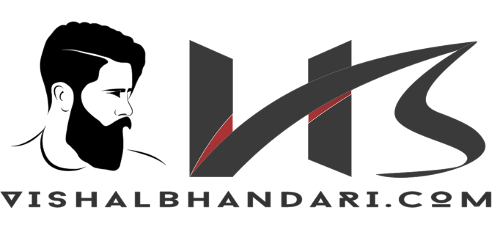For any environment setup, you need following two things
Text Editor
Text Editor is an application that allows you to create, open and edit text files or source code. Modern text editors give you more features like compiling, running and debugging files. There are many text editors like natepad, vi etc.
Using Text editor you can write C++ code in source files naming with extention .cc, cpp, .c and .h files.
C++ Compiler
It is used to compile your source code into final executable program.
Most C++ compilers don’t care what extension you give to your source code, but if you don’t specify otherwise, many will use .cpp by default.
Most frequently used and free available compiler is GNU C/C++ compiler.
Installing GNU C/C++ Compiler
UNIX/Linux Installation
If you are using Linux or UNIX then check whether GCC is installed on your system by entering the following command from the command line −
If you have installed GCC, then it should print a message such as the following −
$ g++ -v Using built-in specs. Target: i386-redhat-linux Configured with: ../configure --prefix=/usr ....... Thread model: posix gcc version 4.1.2 20080704 (Red Hat 4.1.2-46)
If GCC is not installed, then you will have to install it yourself using the detailed instructions available at https://gcc.gnu.org/install/
Mac OS X Installation
If you use Mac OS X, the easiest way to obtain GCC is to download the Xcode development environment from Apple’s website and follow the simple installation instructions.
Xcode is currently available at developer.apple.com/technologies/tools/.
Windows Installation
To install GCC at Windows you need to install MinGW. To install MinGW, go to the MinGW homepage, www.mingw.org, and follow the link to the MinGW download page. Download the latest version of the MinGW installation program which should be named MinGW-<version>.exe.
While installing MinGW, at a minimum, you must install gcc-core, gcc-g++, binutils, and the MinGW runtime, but you may wish to install more.
Add the bin subdirectory of your MinGW installation to your PATH environment variable so that you can specify these tools on the command line by their simple names.
When the installation is complete, you will be able to run gcc, g++, ar, ranlib, dlltool, and several other GNU tools from the Windows command line.






